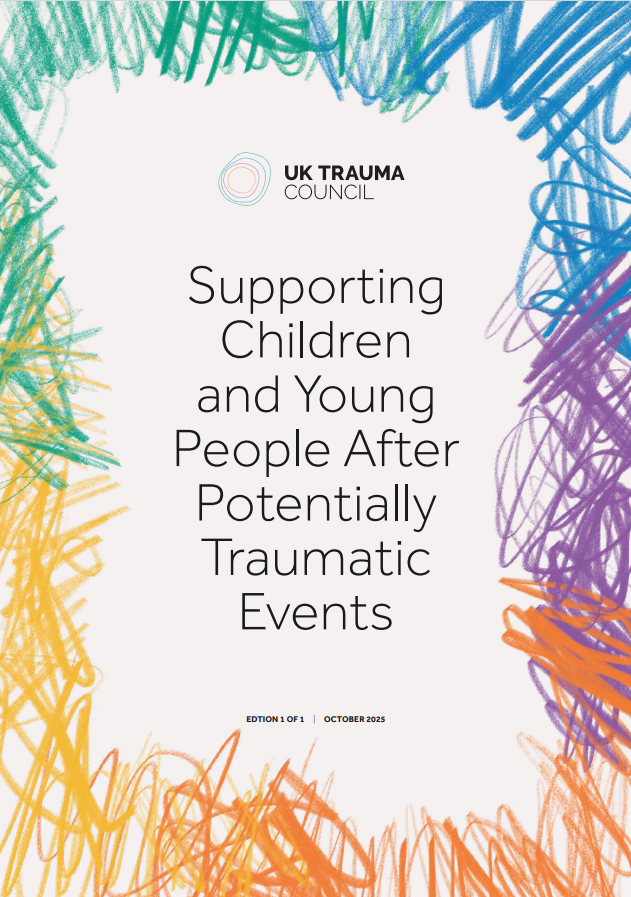A traumatic event is an experience that was very frightening or overwhelming and leaves someone struggling to cope emotionally. Some events can be upsetting at the time, but once the events are over, the child’s reactions decrease, and they are no longer affected.
Traumatic events may be single events, such as serious accidents, assaults or natural disasters. Or they may be multiple or lasting events such as domestic abuse, sexual abuse, physical abuse, emotional abuse or racial abuse.
Keep in mind that:
- Every child is different. What is traumatic to one child may not be to another.
- Children don’t have to experience something directly for it to affect them. They may be impacted by seeing or hearing about distressing events happening to others, particularly if they care about the people involved.
- They can also be affected by the longer-term impacts of trauma within their families or communities, such as oppression, exclusion, discrimination or war.
- All the ideas outlined here still apply even if something traumatic already happened to the child before this event
- Even when something truly awful has happened to a child this doesn’t determine their future. There are many things you can do to give them the best chance of adjusting and rebuilding after distressing events.
